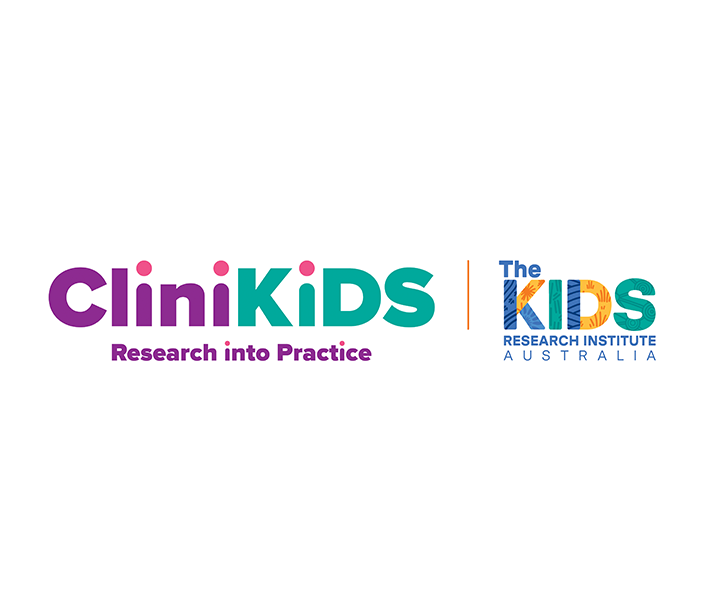Search

News & Events
Embracing the Mind podcast returnsEmbracing the Mind's third season will focus on women's wellbeing, exploring reproductive health, neurodiversity, and the changing face of healthcare in Australia.

News & Events
Building wellbeing amid permacrisis at Embrace panel discussionProfessor Helen Milroy, Embrace's Co-Director, gave the keynote speech at the November event.

News & Events
Mental health MattersSaxon Marrell proves one person who cares can make a difference.

News & Events
Embracing the Mind podcast returns for season twoDr Alix Woolard is the host of the Embracing the Mind podcast.

CliniKids is the first clinical service of The Kids Research Institute Australia, providing autism therapies and supports for young children.

News & Events
Bathtime can mean more than just getting clean!In this new blog, Speech Pathology Lead Aria May explains how bathtime is a great opportunity to support social communication with your child.

News & Events
Learning to brush teeth independentlyIn this blog, Curtin University Occupational Therapy student Emily Mower shares some tips to help your child successfully brush their teeth.

News & Events
Making the most of nappy changesIn this blog, Speech Pathology Clinical Lead Aria May and Occupational Therapy Clinical Lead Marie Rodatz share their top tips for making the most of nappy changes to help create more opportunities for connection.

News & Events
Communicate your wayTo kick off Speech Pathology Week 2024, we asked our clients, their families and the community to share the different ways they communicate. Senior Speech Pathologist Sally Grauaug compiled their ideas and feedback into this blog.
Learn more about the SenseVest Study at CliniKids
